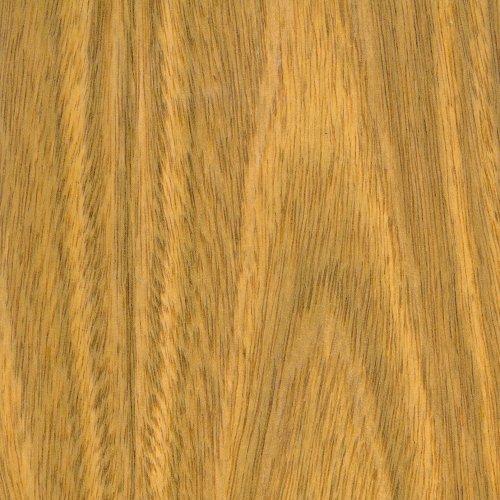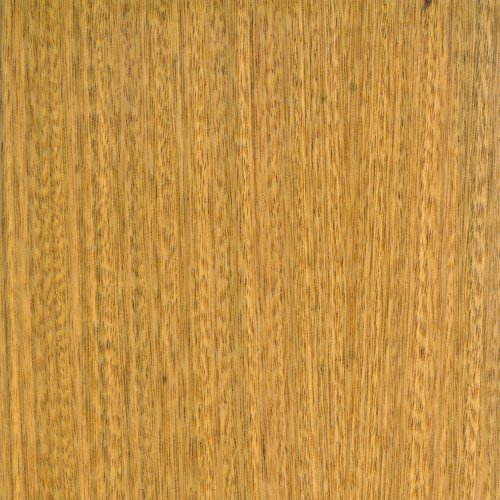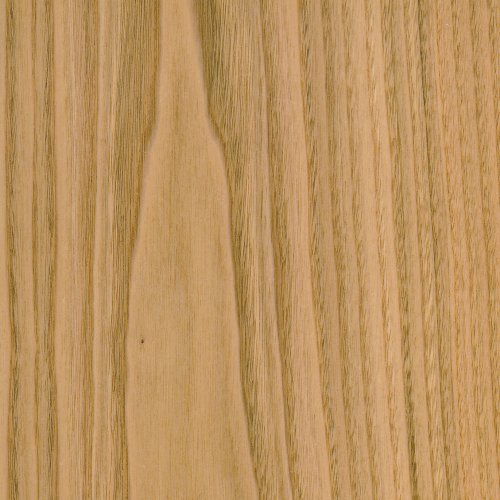Cerejeria
[Amburana cearensis]
An exotic South American species – with a pleasant vanilla scent – Cerejeira is found primarily in Brazil and Bolivia, though its native footprint extends to Peru, Paraguay, and Argentina.
Interestingly, Cerejeira wood is both heavy and soft, with good strength properties that help it rate as moderately durable. And while it’s a super easy wood to work with, Cerejeira’s Portuguese name isn’t the easiest to pronounce, so it’s also commonly called “Brazilian Oak,” “Blonde Mahogany,” “Amburana,” and “Ishipingo.”
Because it’s a tropical species, Cerejeira naturally delivers excellent decay and fungi-resistant properties. And it allows for optimal stain and finish choices, which complete its beautifully luxurious look.
And it truly is top shelf in appearance. Driving the immediate eye appeal of Cerejeira is its exceptional color, which ranges from light yellow to creamy, golden brown. Its grain is usually straight or shallowly interlocked, with an uneven, coarse texture. And like the Satinwoods found in South America, it retains a lot of “chatoyance” or “natural sheen,” giving it a good natural luster.
Taking all of its amazing qualities into account, it’s easy to see why Cerejeira is so popular for premium wood veneer sheets, custom plywood, luxury furniture, flooring, boatbuilding, and carvings.
Species Distribution:
South America
Brazil
Bolivia
Common / Alternative Names:
Amburana
Brazilian Oak
Blonde Mahogany
Ishpingo
Roble Criollo
Janka Hardness:
790 lbf
Sustainability Status:
CITES Appendices: Not listed
IUCN Red List of Threatened Species: Listed as endangered due to a population reduction of over 50% in the past three generations, caused by a decline in its natural range and exploitation.





